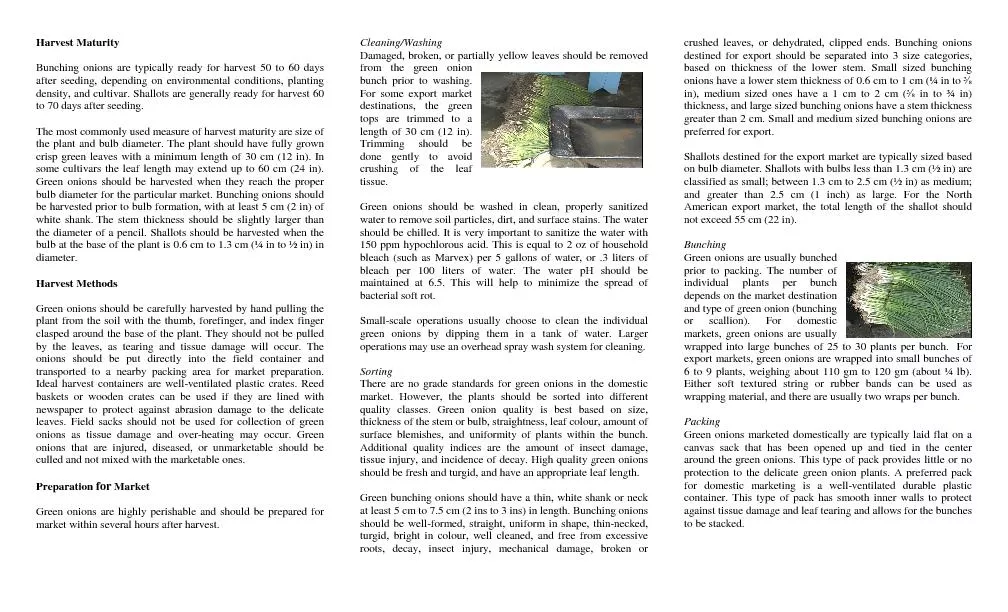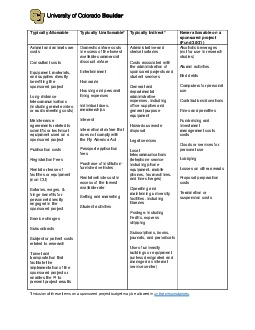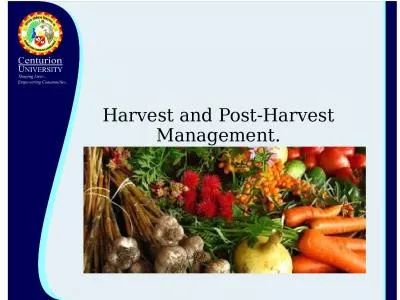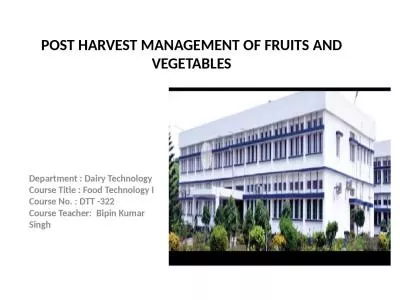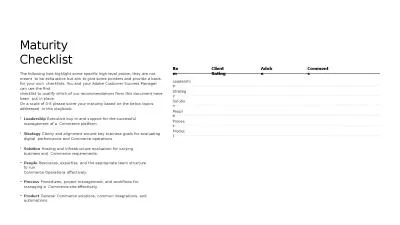PDF-Harvest Maturity unching onions are typically ready for harvest 50 t
Author : min-jolicoeur | Published Date : 2016-10-23
Green onions for export to North America are packed 24 or 48 bunches per carton depending on size Each bunch should weigh about 113 gm
Presentation Embed Code
Download Presentation
Download Presentation The PPT/PDF document "Harvest Maturity unching onions are ty..." is the property of its rightful owner. Permission is granted to download and print the materials on this website for personal, non-commercial use only, and to display it on your personal computer provided you do not modify the materials and that you retain all copyright notices contained in the materials. By downloading content from our website, you accept the terms of this agreement.
Harvest Maturity unching onions are typically ready for harvest 50 t: Transcript
Download Rules Of Document
"Harvest Maturity unching onions are typically ready for harvest 50 t"The content belongs to its owner. You may download and print it for personal use, without modification, and keep all copyright notices. By downloading, you agree to these terms.
Related Documents

